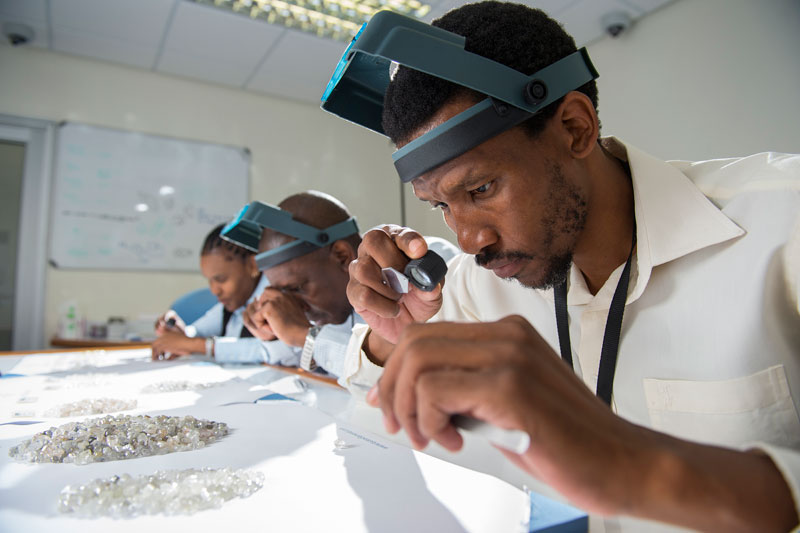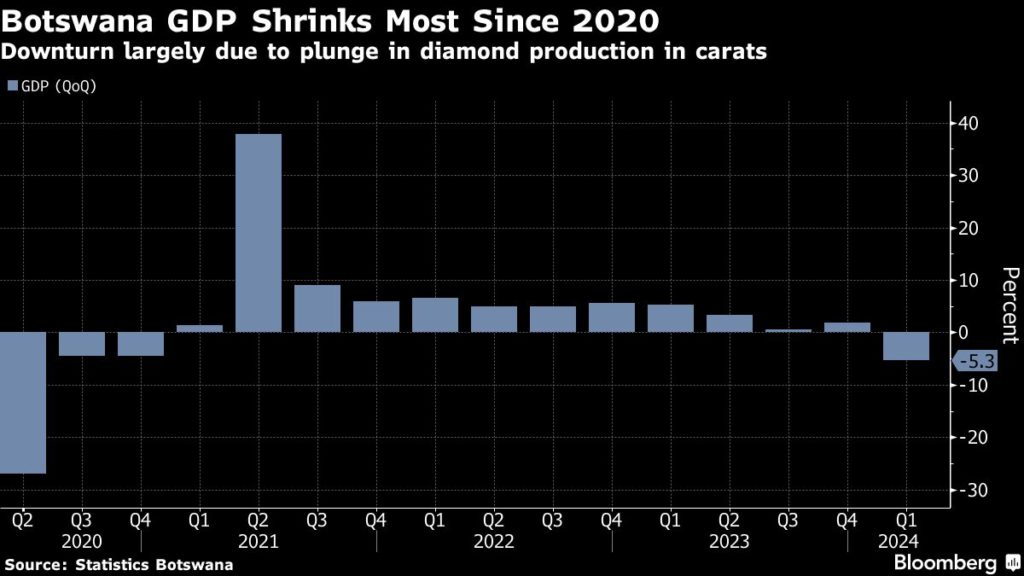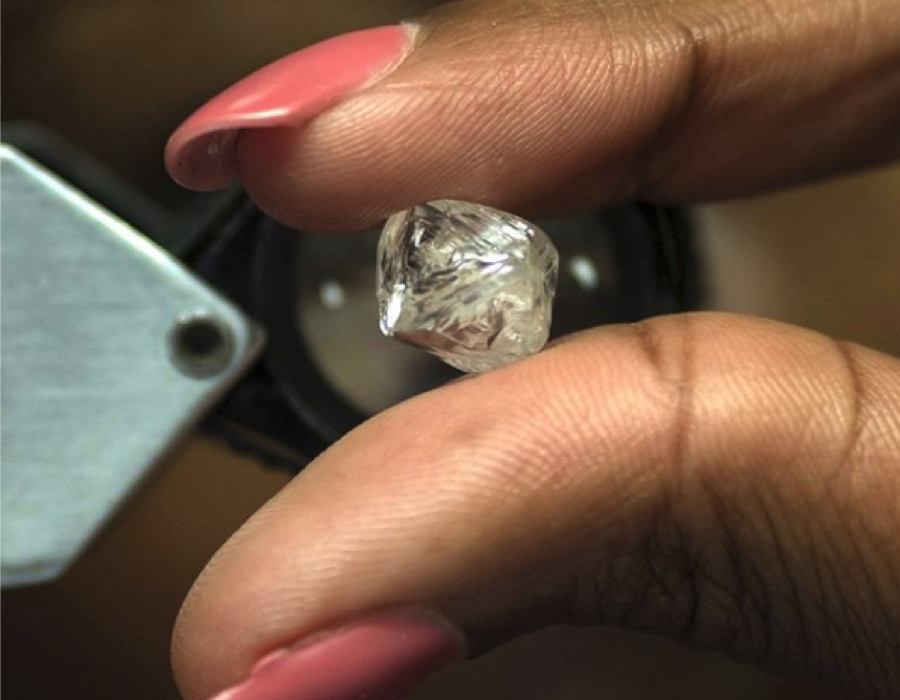
Botswana Diamonds has analysed and evaluated nearly 400 000 km of airborne geophysical and other exploration data using AI techniques and powerful computing, which would otherwise have been too big for timely analysis by humans.
In particular, the company has identified seven significant kimberlite targets on existing licences that have not been reported before.
The AI programme has also revealed compelling polymetallic targets in areas that are currently unlicensed.
Work is ongoing on these new areas of interest which now focuses on four main deposit types and 11 subtypes. These deposit types include elements such as gold, copper, silver, nickel, zinc and platinum group metals.
Botswana Diamonds used UK-headquartered Planetary AI’s ‘Xplore’ mineral prospectivity platform to perform the detailed analysis.
Xplore Platform is software that enables targeting of any element based on a plethora of geological and topographic information.
Botswana Diamonds chairperson John Teeling comments that these discoveries, in a few short months, are a major step forward in mineral exploration. One anomaly is especially intriguing to the company and the AI programme has reinforced the company’s belief that more diamond mines will be discovered in Botswana.
The company currently operates three diamond mines in Botswana and it also holds assets in South Africa.
Source: Miningweekly










